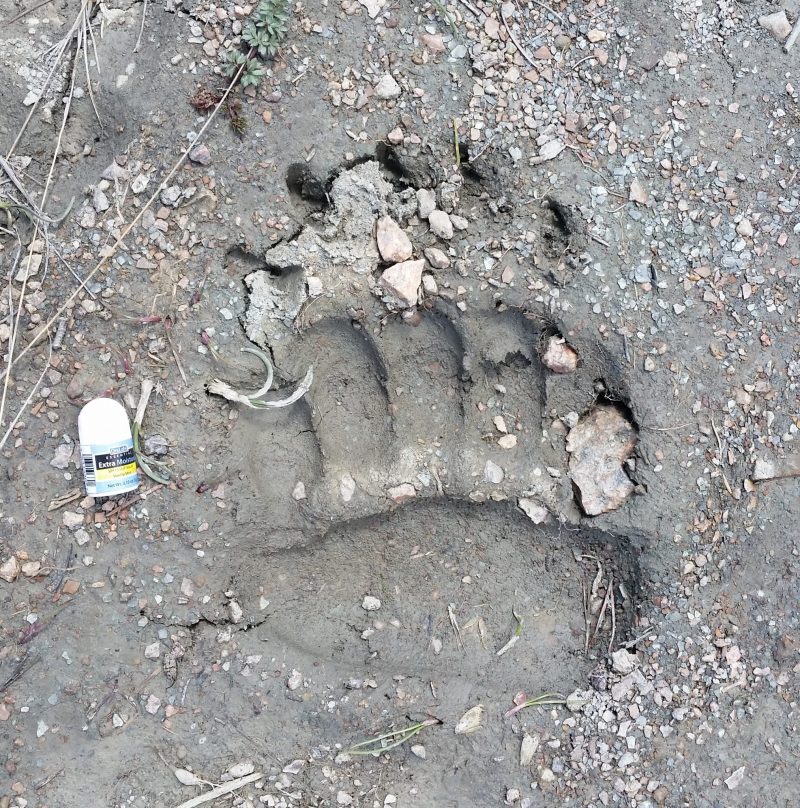Excerpts:
We have been preceded. I sense that this trail, an easy way from the valley of the Clark Fork into the high country, was first walked not long after the glaciers receded. Ice patch archeology supports my intuition. Ancient hunters followed big horn sheep into this terrain 10,000 years ago. They may have sought more than meat, horns, and hides – there are vision quest sites along the Beartooth Front – but were eventually followed by people looking for commodities: gold, forage, and timber.
….
Did the prospectors, shepherds, and loggers look up from their work to appreciate this splendid landscape? Undoubtedly, but they had business at hand. They did not come, as we do, for wildness.
This wild country has always drawn a few, mostly during the summer. Its likely that Ernest Hemingway walked the Crazy Creek trail with a fly rod in his hand. But not until the 1970’s, did any significant number of people actually move – come to make their residence – into the small towns and sprawling exurban subdivisions near the A-B Wilderness, not for jobs (for there were few), but to enjoy.
….
Who will be making tracks to the AB Wilderness next? And why?
Perhaps this atlas is a beginning in making sure that in-migrants can hear all sides of the story?
